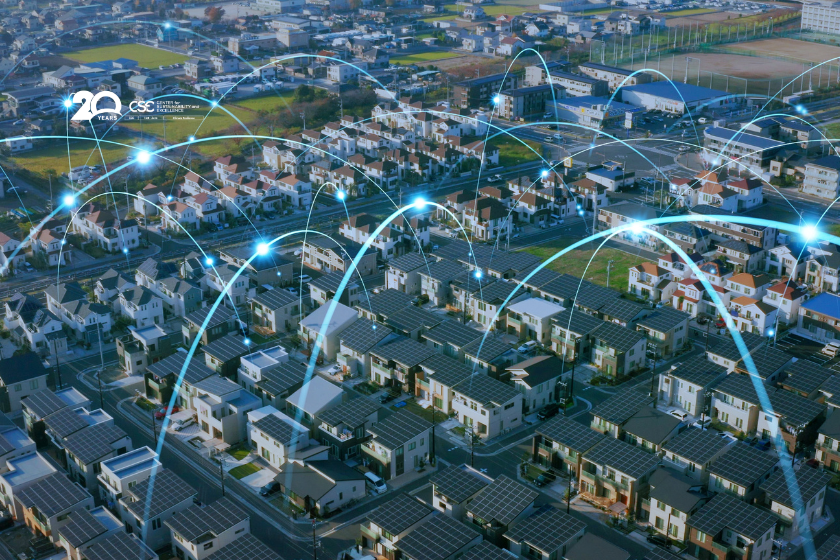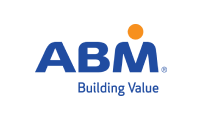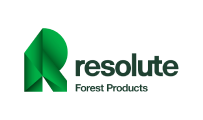As the clean energy transition gains momentum, U.S. utilities face intensifying scrutiny over the slow pace of electric grid upgrades needed to support renewable energy. A recent report by Inside Climate News underscores that this lag threatens not only climate goals but also grid reliability and economic competitiveness.
The Growing Gap Between Renewable Growth and Grid Capacity
The deployment of renewable energy sources like wind and solar is accelerating due to federal incentives, corporate sustainability pledges, and ambitious state policies. However, grid infrastructure is struggling to keep pace, creating a backlog of projects. As of 2023, 2,000 GW of energy generation and storage projects were waiting in interconnection queues nationwide, according to the Lawrence Berkeley National Laboratory (LBNL).
This bottleneck risks delaying critical emissions reductions. The Net-Zero America Project by Princeton University estimates that the U.S. must double or even triple its transmission capacity by 2035 to align with national climate targets (Princeton ZERO Lab).
Why Utilities Are Struggling to Keep Up
Several systemic challenges contribute to the slow progress:
- Aging Infrastructure: Large portions of the grid are 40+ years old, built for centralized fossil fuel power—not variable renewables.
- Regulatory Barriers: Permitting and approval processes for transmission lines can take 5 to 10 years, according to the U.S. Department of Energy.
- Investment Constraints: Without clear cost-recovery mechanisms, utilities are hesitant to invest at the scale required.
- Technical Limitations: Managing a renewable-heavy grid demands advanced technologies like grid-enhancing technologies (GETs), outlined by the DOE’s Grid Modernization Initiative.
Policy Shifts: Federal and State Responses
In response, the Federal Energy Regulatory Commission’s (FERC) Order No. 2023 aims to streamline interconnection processes and ensure utilities upgrade infrastructure more efficiently (FERC announcement).
Additionally, the DOE is channeling $13 billion into grid resilience and modernization via the Bipartisan Infrastructure Law (DOE News Release).
States are moving ahead as well:
- California is targeting 100% clean electricity by 2045 (CA Energy Commission).
- New York’s Climate Leadership and Community Protection Act mandates 70% renewables by 2030 (NYSERDA).
Case Study: Texas Grid—Progress and Pitfalls
Texas’ ERCOT grid highlights both progress and persistent risks. As the U.S. leader in wind energy capacity, Texas has made significant strides. However, the 2021 winter storm crisis exposed weaknesses in grid resilience, leading to widespread outages. A Reuters report concluded that while Texas excels in renewables, it lags in transmission upgrades and storage integration necessary for a stable, clean energy future.
The Cost of Inaction
Failure to modernize the grid could carry steep economic costs. According to McKinsey & Company, inaction could cost the U.S. economy up to $100 billion annually by 2030 in lost clean energy opportunities and climate-related power disruptions.
As Dr. Jesse Jenkins of Princeton University warns:
“The clean energy transition is now a grid challenge. If we fail on the grid, we fail on climate.”
(Princeton ZERO Lab)
Conclusion
With mounting pressure from policymakers, regulators, and investors, U.S. utilities face a pivotal moment. Grid modernization is not optional—it is a strategic necessity to realize the nation’s clean energy ambitions, fortify the economy, and combat the climate crisis.
Advance Your Expertise in ESG and Energy Strategy
For sustainability professionals navigating these complex challenges, the Certified Sustainability Practitioner Program, Advanced Edition in the USA offers cutting-edge insights into ESG strategy, regulatory trends, and energy transition planning. Join senior practitioners and corporate leaders in mastering the skills required to drive impactful sustainability and ESG initiatives.
👉 Learn more and secure your spot in the next USA cohort.







